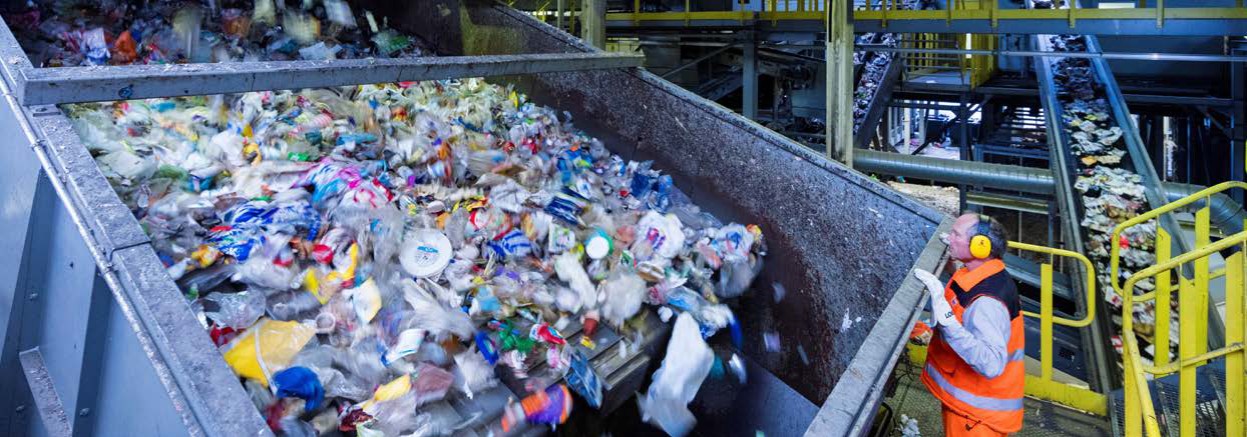Fraunhofer LBF is leading a work package in the K3I-Cycling innovation laboratory and is also contributing its many years of practical experience with plastic recyclates to other work packages.
Sensor-based sorting of lightweight packaging waste
Fraunhofer LBF's work begins with improving sensor-based sorting of lightweight packaging waste (LVP). Based on real data, sorting data is collected in close, interdisciplinary collaboration and annotated to provide the best possible support for the subsequent recycling of the recyclate. Ideal detection, separation, and recycling of pure plastics is not possible in practice. Instead, methods must be found that can produce valuable secondary raw materials from mixtures of different compositions that may be contaminated.
Additives for higher-quality applications
The targeted use of additives can prevent further degradation of the polymer during thermomechanical processing (= restabilization). Closely linked to this is stabilization for long-term use, which requires adjustment of the additive mixture depending on the operating temperatures and other harmful influences (e.g., sunlight). This also enables upcycling to higher-value applications. Techniques and additives can also be used to reduce odors, as washing does not remove all odor-causing substances from a recyclate.
Definition, determination, and communication of material and processing properties
An overarching topic is the improved generation and exchange of data on recyclates. In terms of price, these are now often more attractive than new materials. However, plastics processors demand narrowly defined material and processing properties for high-quality applications. Defining, determining, and passing on these properties to players in the value chain is also part of the activities of Fraunhofer LBF and a central aspect of K3I-Cycling.
 Fraunhofer Institute for Structural Durability and System Reliability LBF
Fraunhofer Institute for Structural Durability and System Reliability LBF